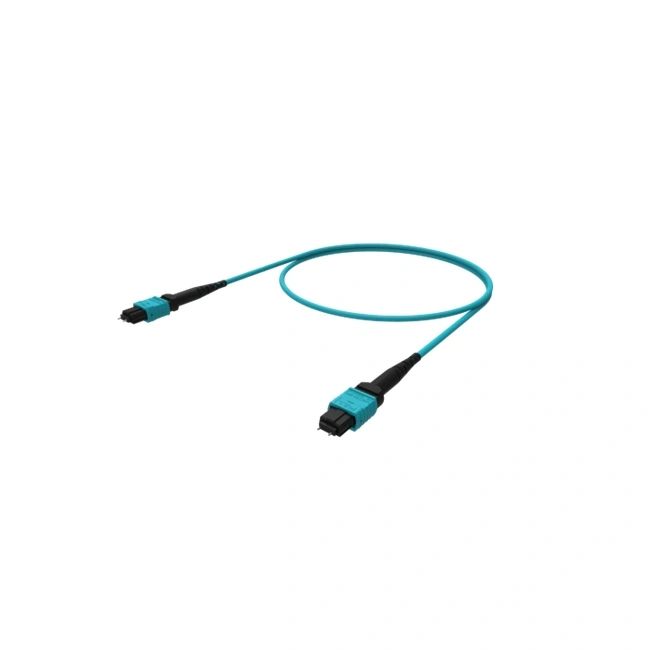
Fiber optics is a technology that uses thin strands of glass or plastic to transmit data through light signals. These fibers come in various types, including OM1 and OM2, which are commonly used in networking and communication applications. While both OM1 and OM2 are multimode fibers, they have some distinct characteristics that set them apart.
OM1 - The Basic Multimode Fiber
OM1, also known as 62.5/125 fiber, is one of the earliest types of multimode fibers used in networking. The numbers 62.5 and 125 represent the fiber’s core and cladding diameters in microns. OM1 fibers have a lower data carrying capacity and shorter reach compared to their newer counterparts. They can support Ethernet speeds of up to 100 Mbps for distances of around 275 meters.
OM1 fibers are commonly used in LAN (Local Area Network) environments, such as office buildings and campuses, where the distance between network devices is relatively short. They are cost-effective and suitable for applications that do not require high bandwidth or extended transmission distances.
OM2 - Enhanced Performance Fiber
OM2, also known as 50/125 fiber, is an enhanced version of OM1. It has a smaller core diameter of 50 microns, allowing for higher bandwidth and longer transmission distances. OM2 fibers can support Ethernet speeds of up to 1 Gbps for distances of up to 550 meters.
Due to its improved performance, OM2 fibers are commonly used in high-speed data transmission applications, such as data centers and server farms. They are suitable for connecting equipment over longer distances and delivering increased bandwidth. OM2 fibers are also backward compatible with OM1 fibers, making them a versatile choice for various network setups.
Comparison and Considerations
Although both OM1 and OM2 fibers are multimode fibers, there are significant differences in terms of bandwidth and reach. While OM1 fibers are suitable for shorter distances and lower bandwidth applications, OM2 fibers offer better performance over longer distances and higher data rates.
When choosing between OM1 and OM2 fibers, it is essential to consider factors such as the required bandwidth, transmission distance, and cost. OM2 fibers generally cost more than OM1 fibers due to their enhanced performance.
Ultimately, the selection between OM1 and OM2 fibers depends on the specific application and budget constraints. Understanding the differences between these fiber types can help in making an informed decision and ensuring optimal network performance.
In conclusion, OM1 and OM2 fibers are both multimode fibers commonly used in networking. OM1 fibers have a larger core diameter and are suitable for shorter distances and lower bandwidth applications. On the other hand, OM2 fibers offer improved performance with a smaller core diameter, allowing for higher data rates and longer transmission distances. When choosing between these fiber types, factors such as bandwidth requirements, transmission distances, and budget must be considered to ensure the best fit for the application.



